You are here
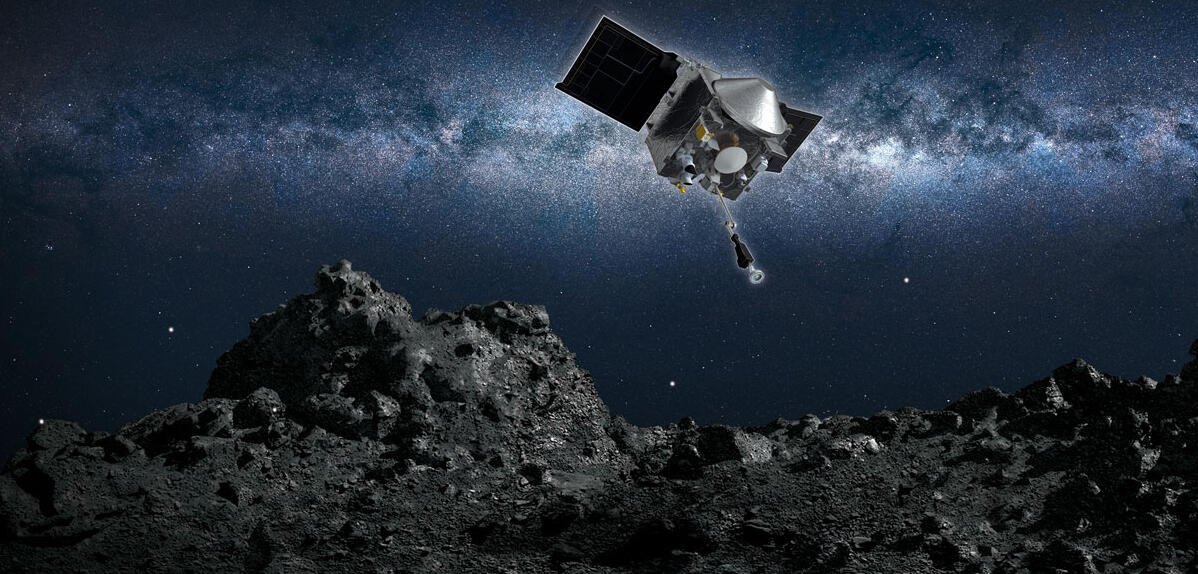
The challenge facing NASA's OSIRIS-REx mission was, to put it mildly, daunting. It consisted in sending a spacecraft to an asteroid 500 metres in diameter and 300 million kilometres away, study it from every angle for two years, take a sample from its surface, and return it to Earth to examine its composition in detail. Against all odds, seven years after the launch, the mission has turned out to be a resounding success, with the sample collection exceeding all expectations. "Instead of the 60 grams of material we had hoped to collect, in the end the spacecraft successfully brought back some 170 grams of a mixture of fine particles and rocks up to three or four centimetres in diameter," says Patrick Michel, CNRS research professor at the Joseph-Louis Lagrange Laboratory1 in Nice (southeastern France) and a member of the OSIRIS-REx scientific team.
An initial portion of the material from the asteroid was recovered from the periphery of the protective capsule2 in the days following its return to Earth. Once it had been extracted in a clean room at NASA's Johnson Space Center in Houston, Texas (US), eight one-hundred-milligram samples were sent in early November to eight laboratories based in the US, Japan, Australia and Europe, which then distributed them to a number of other research teams for specific analyses. To prevent any contamination, the fragments were placed in a metal cylinder under a nitrogen atmosphere before being sent to their respective recipients.
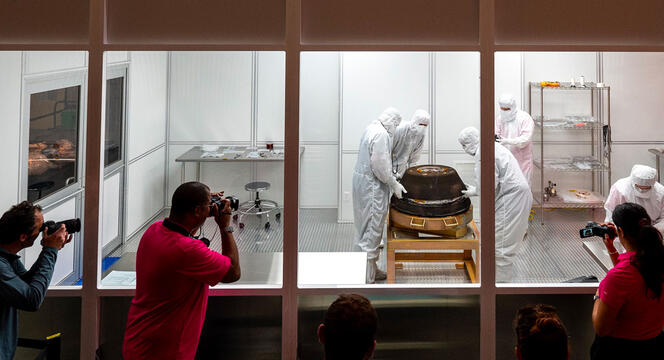


A team headed by Guy Libourel, bringing together scientists from the Research Centre for Heteroepitaxy and its Applications (CRHEA)3 and the J.-L. Lagrange Laboratory, was one of those selected, which is not surprising given their unique expertise in cathodoluminescence analysis.
Understanding how Bennu was formed
"We are the only ones in the international consortium to use this technique, which involves exciting the minerals in an asteroid grain with a beam of electrons," explains Labourel, who is a professor of cosmochemistry at the Université Côte-d'Azur. "By combining this method with a scanning electron microscope, we can obtain in just a few minutes extremely precise information about the structure and chemical makeup of the various minerals in the sample, as well as about the physical and chemical conditions under which each mineral was formed." Of the 100 mg of asteroid dust sent to Libourel, a few dozen grains with diameters of less than a millimetre have already been analysed using cathodoluminescence.
In addition to carbonates, Libourel and the other scientists in the consortium will be looking for a wide range of minerals including phosphates, iron oxides and various hydrated silicates, with the aim of finding out more about the conditions under which the asteroid was formed.
At the CRPG4, near Nancy in eastern France, two teams are involved in this research, focusing in particular on the chemical constituents of Bennu. The first group, made up of three researchers including the geochemist Bernard Marty, is looking at isotopes of nitrogen and of noble gases such as neon and xenon. For these analyses, which entail destroying the entire sample by heating it with a laser, the scientists were lucky enough to be sent a few milligrams of material from Bennu directly from the Johnson Space Center in November 2023. Their job is to to determine the origin of these fine particles of dust, which hold the key to the environment in which the Sun formed just under 4.6 billion years ago.
Using isotopic distribution to go back in time
The second CRPG team involved in the study of the asteroid fragments is also made up of three scientists, including the CNRS researcher and cosmochemist Laurette Piani. Last December, she travelled to southeastern France to pick up some of the particles from Bennu, which had previously been specially prepared by Libourel's team at the CRHEA. These particles come in the form of polished grain sections, embedded in a resin whose surface is also finely polished. "From each section we can take hundreds of samples a few micrometres in diameter and one micrometre in depth by sputtering the surface with a tightly focused ion beam from an ion microprobe," Piani explains. The tiny amount of material collected in this way is then transferred to a mass spectrometer. The ion microprobe can measure the concentration of the various isotopes of a specific chemical element such as oxygen, hydrogen or magnesium with high precision. "By determining the isotopic composition of each chemical element, we should be able to identify some of the processes that led to the formation of the grains that currently make up the surface of Bennu," she adds.

Of the hundreds of thousands of celestial bodies – planets, asteroids, comets, etc. – in our Solar System, Bennu is one of the most primitive. The rocks composing it will provide evidence of the events that took place during the collapse of clouds of gas and dust that gave rise to the Sun. "One of the main purposes of our work is to determine the context and chronology of the formation of the first solids in the protoplanetary disc that developed around our star a few million years after its birth," Piani explains.
Shedding light on the role of asteroids in the emergence of life
The cosmochemist is also hoping to characterise the nature and origin of the fluids that circulated inside the asteroid once it had formed from the aggregation of dust in the protoplanetary disc. Preliminary analyses carried out by NASA in the weeks following the return of the samples to Earth have already confirmed that Bennu contains clay minerals. As well as these hydrated materials, the fragments of the asteroid have also proved to be rich in carbon, and NASA even claims to have detected organic compounds that may be related to amino acids. The simultaneous presence of these three components lends weight to the idea that asteroids may have played an important role in the emergence of life on Earth, by delivering the necessary ingredients via the impacts that occurred towards the end of our planet's formation5.
Aside from these promising discoveries, hundreds of researchers around the world are hard at work gathering as much information as possible about the chemical composition and physical properties of the rocks from Bennu's surface. "The challenge will be to relate this small-scale data to the large-scale information collected during the flyby of the asteroid, in an effort to determine the events that resulted in the formation of this extremely porous, low-density cluster of rocks and debris," explains Michel, who will be coordinating this work for the OSIRIS-REx mission. Over the coming weeks, the consortium's 38 laboratories that have already gained access to the Bennu samples will continue their investigations. While their findings remain confidential for now, some of them should be unveiled at the Lunar and Planetary Science Conference to be held in Houston, Texas, on 11-15 March. There may well be some surprises in store. Watch this space! ♦
Further reading on our website
Hayabusa 2 brings back asteroid dust
Investigating the origins of life
How to deflect a killer asteroid
- 1. CNRS / Observatoire de la Côte d’Azur / Université Côte d’Azur.
- 2. It was not possible to open the capsule itself, which contained the rest of the sample, until 11 January, the time it took NASA teams to develop a tool to remove the last two fasteners preventing access to the storage compartment. https://blogs.nasa.gov/osiris-rex/2024/01/11/nasas-osiris-rex-team-clear...
- 3. CNRS / Université Côte d’Azur.
- 4. Centre de recherches pétrographiques et géochimiques (CNRS / Université de Lorraine).
- 5. See NASA's Bennu Asteroid Sample Contains Carbon, Water on nasa.gov.
Keywords
Share this article
Author
After first studying biology, Grégory Fléchet graduated with a master of science journalism. His areas of interest include ecology, the environment and health. From Saint-Etienne, he moved to Paris in 2007, where he now works as a freelance journalist.


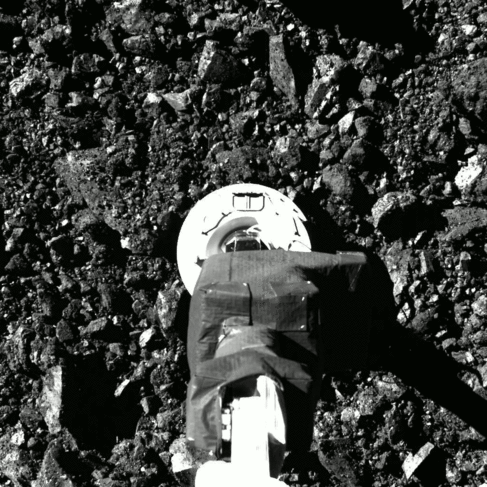
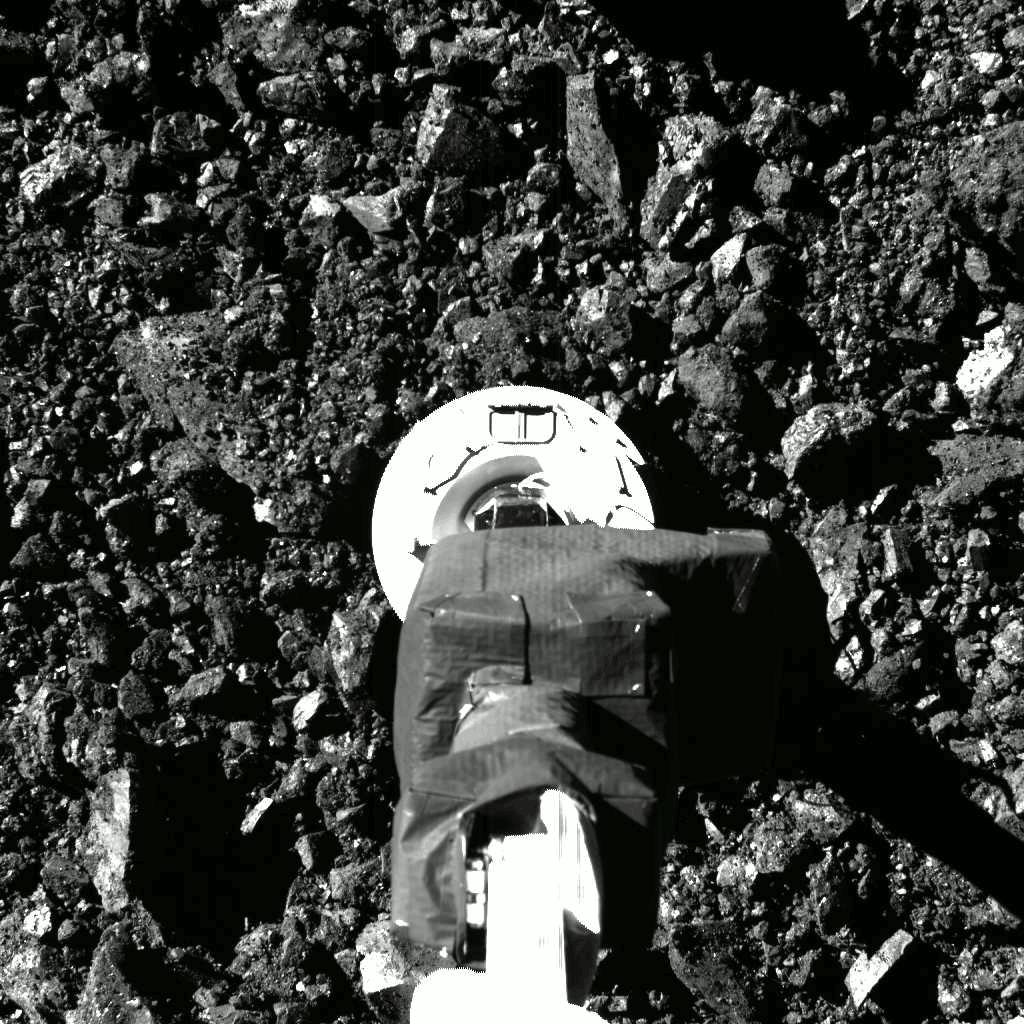
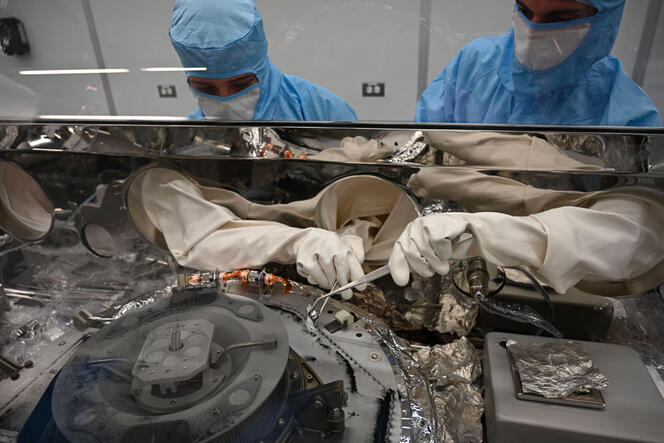
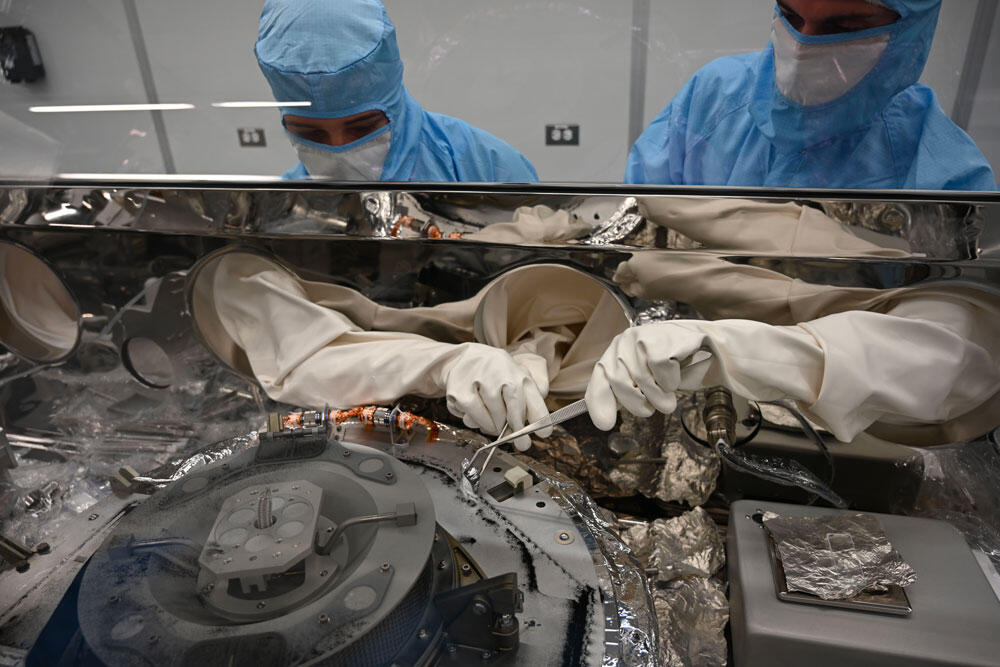
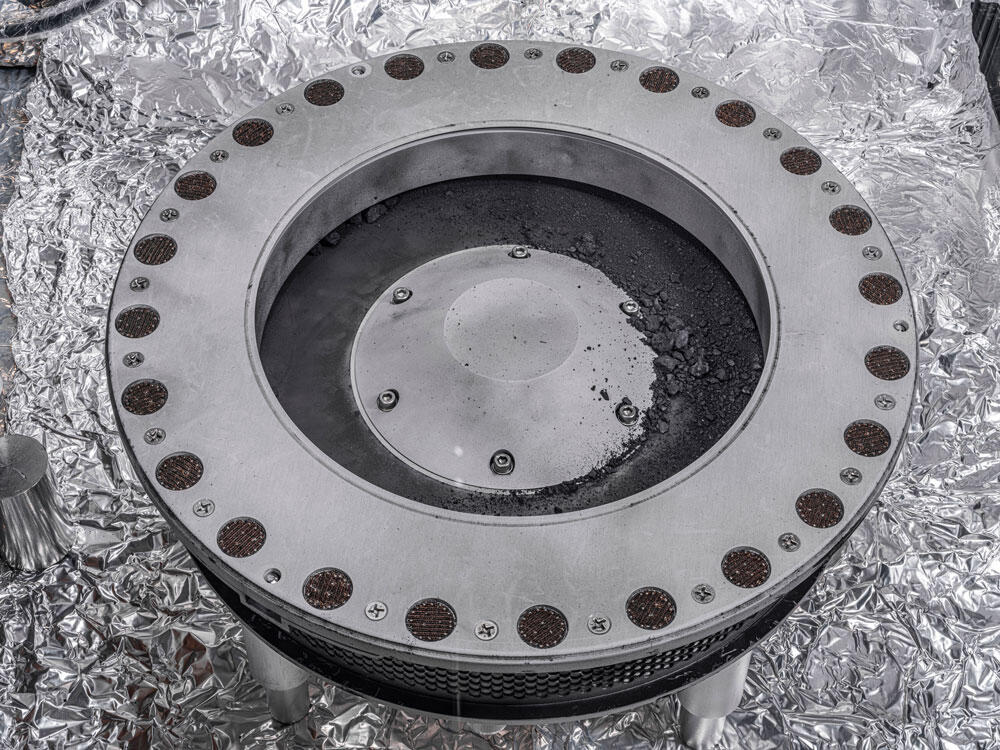
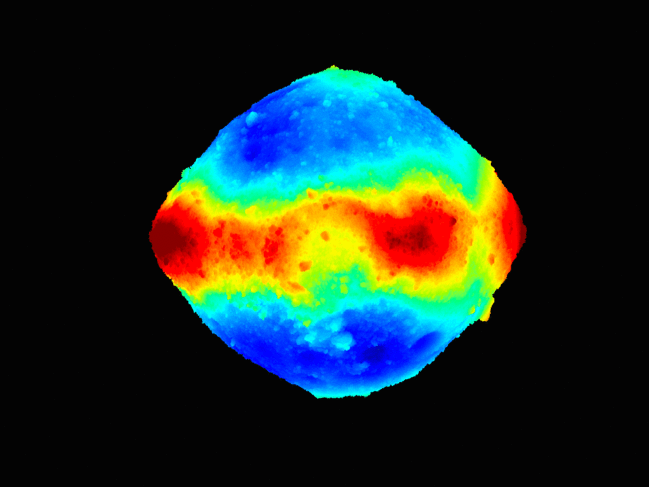
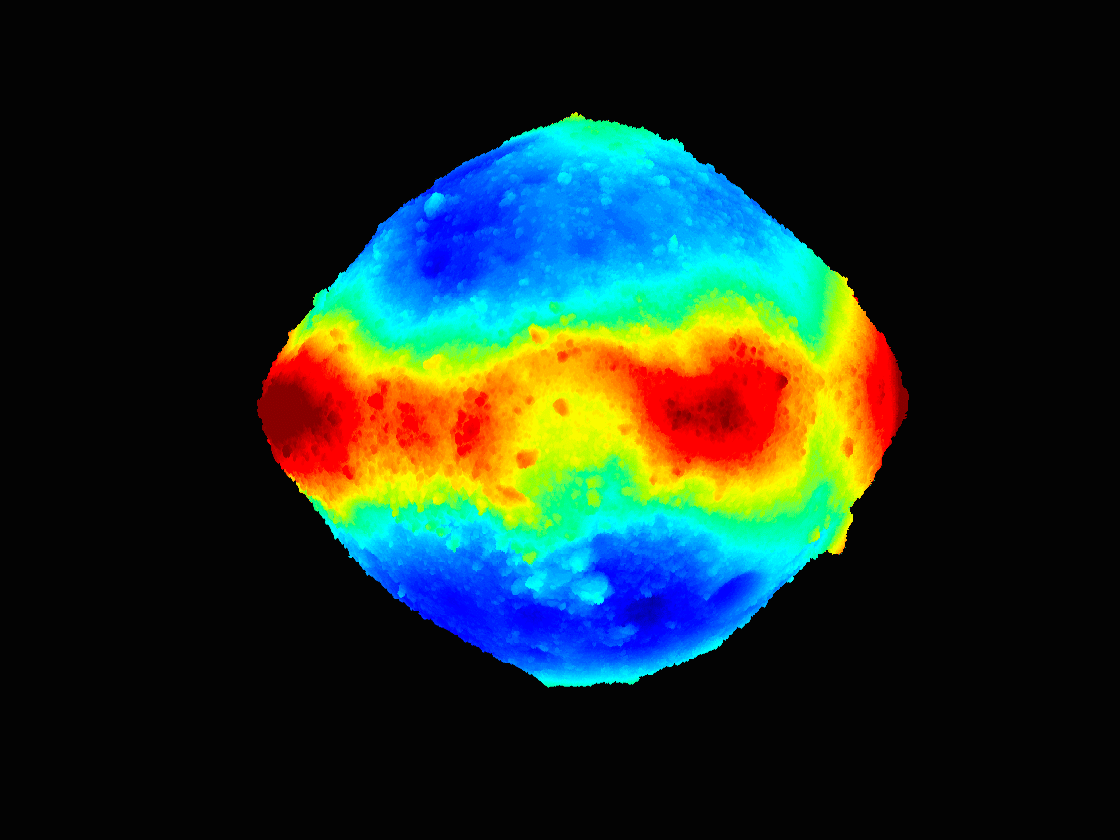

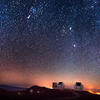



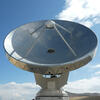
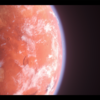
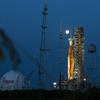
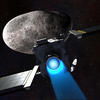
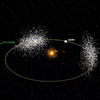
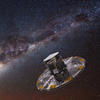
Comments
Log in, join the CNRS News community